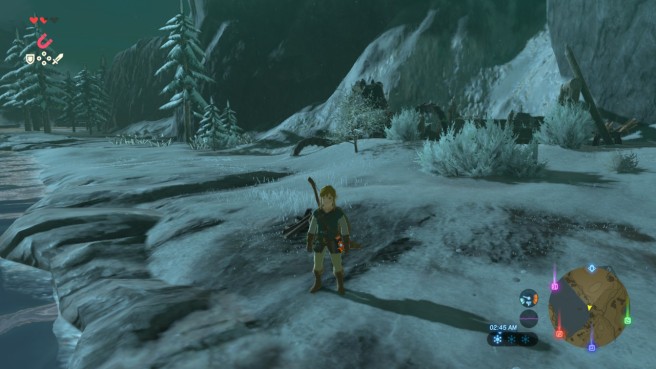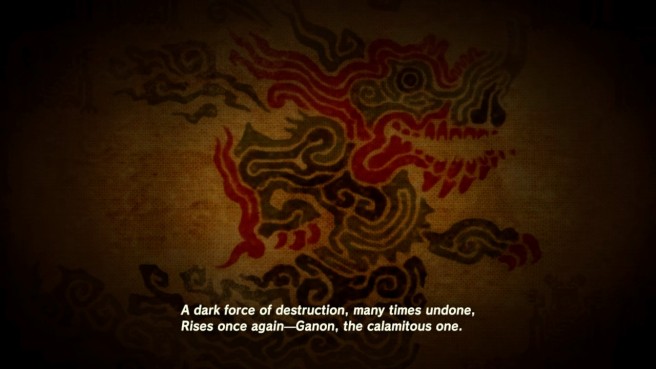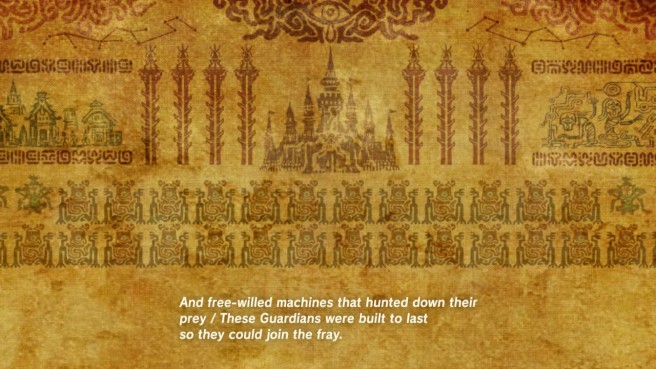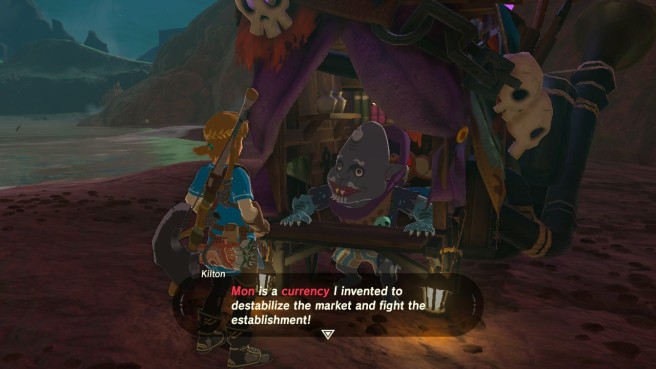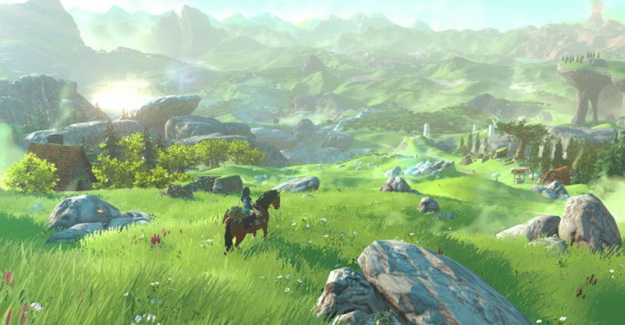In 2014, Elon Musk, the CEO of Tesla Motors, announced that Tesla Motors would open source the patents for key technologies on their industry conquering electric vehicles. Nothing like this has ever occurred in the auto industry— R&D in this industry is exorbitant and crucial to maintain a competitive edge. Open sourcing this technology would devalue these intellectual assets by handing them over to competitors who have more manufacturing capability, and potentially opening up vulnerabilities of the technology to malicious hackers. To any traditional intellectual property business strategist, this would be shooting yourself in the foot. However, as modern intellectual property theory evolves, our understanding of the effects of open sourcing intellectual property have shown us that in a variety of situations, open source is not only a humanitarian endeavor, but a keen business idea that protects the bottom line. In a corporate blog post with the geeky title, “All Our Patent Are Belong To You”, Musk outlines how in his first experiences with software, a patent didn’t defend an intellectual asset, but rather attracted litigation by providing means for companies with larger legal resources and patent trolls to have a point of attack. He continues to outline how traditional patent strategy doesn’t fit Tesla’s situation:
…we felt compelled to create patents out of concern that the big car companies would copy our technology and then use their massive manufacturing, sales and marketing power to overwhelm Tesla. We couldn’t have been more wrong. The unfortunate reality is the opposite: electric car programs (or programs for any vehicle that doesn’t burn hydrocarbons) at the major manufacturers are small to non-existent, constituting an average of far less than 1% of their total vehicle sales…
…Technology leadership is not defined by patents, which history has repeatedly shown to be small protection indeed against a determined competitor, but rather by the ability of a company to attract and motivate the world’s most talented engineers. We believe that applying the open source philosophy to our patents will strengthen rather than diminish Tesla’s position in this regard.
I believe Elon Musk, and many other technology creators demonstrate that profit is not a zero- sum game, so cooperation and contribution to humanity’s knowledge can be a profitable part of many comprehensive intellectual property strategies. Interestingly, open source was not always a part of a defense mechanism to corporate litigation, but comes from roots of community volunteerism.
Origins — GNU’s not Unix!
Open source has its origins in communal, decentralized development from the early days of computing and software. Back then, it was called “free software.” The use of “free” can be confusing — it doesn’t mean that the software costs no money for purchase, but it means free as in freedom. Richard Stallman is one the towering intellectuals and software developers responsible for some of the first open source movements and contributed immensely to the ethics and morality of open source volunteers in his writings (collected in a seminal digital publication entitled “Free Software, Free Society.”) In the introduction, Lawrence Lessig, the famed law technology scholar, provides a succinct definition of Stallman’s concept of the “free” in “free software.”
Through his works and his words, he has pushed us to see the importance of keeping code “free.” Not free in the sense that code writers don’t get paid, but free in the sense that the control coders build be transparent to all, and that anyone have the right to take that control, and modify it as he or she sees fit. This is “free software”; “free software” is one answer to a world built in code.
This idea came at a time when computers users were stifled by software publishers. Software publishers charged ridiculous amounts for buggy and opaque software. Coders were not allowed to modify the software to add features, but instead had to request the software publisher to add features. Distribution was bottlenecked by the ability of these software publishers to distribute and monetize code, and users of early computers were limited in how they could use the software. Richard Stallman saw the root of the problem in that the kernel (the core of the computer on top of which other software runs) was proprietary and not free. He embarked on a project to develop an alternative to the popular proprietary kernel Unix. With a healthy dose of programmer humor, and keeping with conventions of the time, he gave the project the title GNU, a recursive acronym that stands for “GNU’s not Unix.”
Stallman’s GNU project inspired many —one of his talks inspired Linus Torvalds to create the groundbreaking open source operating system Linux. Because it is free, it remains one of the most popular industrial operating systems, allowing companies to avoid paying Microsoft or Apple and abiding by their rules and regulations. For many in developing areas, the cost of an operating system by Microsoft or Apple can be prohibitive. My friend from a rural farming town in Brazil was able to use computers running Linux with open source word processors, internet browsers, and development tools. To him, not only was open source software “free” as in freedom, but was also “free” as in zero cost. In the age of the internet, where software can be easily distributed, open source allows for the rapid adoption of technology because it can be provided at zero cost and maximum freedom.
Development of these GNU projects, and other open source projects were (and still are) highly collaborative, undertaken over miles bridged by internet forums and complex automated project management software that allowed contributors to simultaneously edit the same code and audit each other’s contributions. Imagine thousands of editors simultaneously editing and commenting the same Google Doc in a (semi) organized fashion.
Fred Ehrsam and Chris Dixon in the a16z tech podcast “Why Crypto Tokens Matter” describe the open source developer community as a militia, tens of millions of coder zealots who volunteer development time on weekends and weeknights. In the context of developing paradigm shifting technologies, they compare the output and resources of this militia against that of a corporate workforce. While corporate workforces have better organization and monetary resources, the open source community has thousands of eyes and fingers and an undying moral vigilance. Work done by the volunteer militia is essentially free, and iterates and innovates much faster as it is unburdened by corporate protocol. In many cases (like Linux), both companies and individuals have leveraged this open source militia to make software that no corporate entity could create.
Today, Github, a company that provides free hosting and organization for open source projects, provides a way for developers to show off their contributions to open source, and easily start their own projects. For modern developers, their Github profile, which details the frequency and quantity of their contributions, is a public mark of continuous professional development and good moral standing. It also makes it easier than ever to collaborate and meet other open source developers, affording the militia a strong communications network and fostering a healthy community.
Licenses and Permissions
According to Richard Stallman, around 1998, a few developers in the free software community started rebranding themselves as open source. He’s noted that it helps ditch the confusing “free” in “free software,” but he also details the difference between the two.
… The Free Software movement and the Open Source movement are today separate movements with different views and goals, although we can and do work together on some practical projects.
The fundamental difference between the two movements is in their values, their ways of looking at the world. For the Open Source movement, the issue of whether software should be open source is a practical question, not an ethical one. As one person put it, “Open source is a development methodology; free software is a social movement.” For the Open Source movement, non-free software is a suboptimal solution. For the Free Software movement, non-free software is a social problem and free software is the solution.
If you agree with this distinction, it distinguishes “open source” as a term with a connotation of practicality, sanitizing its implication of goodwill. However, in my mind, open source can be considered an umbrella term for a variety of “free” intellectual property strategies, and it encompasses the methods of the free software movement. Open source strategies can vary in the permissions and freedom granted to users and developers. Unlike other open source licensing strategies, the free software movement employs a radical method called copyleft, which takes the traditional legal protections of copyright licensing and uses them to enforce its ideology of software and any derivative works. This copyleft technique is embedded within the license attributed to “free software”, the GNU General Public License (GPL).
The GPL technique copyleft employs a unique feature in its license that’s colloquially described as “sticky”, with complex implications of the license’s permissions and usability. At the risk of over simplifying, stickiness forces derivative works to include the same licensing rights of the original. This prevents derivative works from turning proprietary. For corporations and individuals, this prevents the relicensing of technology built on a copylefted code, limiting the freedom of corporations and individuals. Because of this limitation, copyleft is considered less permissive than other licenses.
//images
The above chart illustrates license compatibility, which comes into play when technologies combine two open source softwares that use different licenses. A discussion of this is out of scope of this essay, but this graph shows how licenses exist on a spectrum of permission and protection. All of these licenses tend to protect authors from litigation by making the creator not liable for faults in the technology. Permissive licenses allow free sub licensing, nullifying any conflicts where a rival company would use the same technology.
The Open Source Initiative provides guidelines for licenses that must be included in order for a technology to be considered open source. These guidelines pertain to software, and get more complex when considered for hardware, but I’ve included what I think are the main tenets below:
- Freedom of Distribution – users have should have freedoms to distribute the software to others
- Transparent Access – users should be able to clearly see a well documented source code blueprints for study and scrutiny
- Freedom to Modify – users should be able to customize the code or modify the production blueprint
- Non-Discrimination – users should not be prohibited by their choice in hardware, development preferences, or human attributes such as nationality, race, gender, etc.
Open source washing
Fortunately or unfortunately, open source can be used as a marketing strategy to generate public goodwill for a company’s image, or add extra appeal to a technology product. A simple example is detailed in the book Intellectual Property Strategy by John Palfrey.
Some pharmaceutical companies choose to freely license their drugs in order to spur work relevant to developing countries. GlaxoSmithKline recently created a “patent pool” of eight hundred granted or pending patents that researchers can license freely in order to develop and produce new products and formulations to combat neglected tropical diseases in least developed countries. Not only does this generate public goodwill for GlaxoSmithKline but it also helps generate a network of potential collaborators with whom the corporation can license IP for profit.
This free licensing approach provides a legal mechanism for GlaxoSmithKline to give out their medicine. In other cases, open source is an extra feature that makes a technology product stand out. The Mozilla Corporation, a non-profit, brands their web browser Firefox as open source. They argue that their open source development model fits within Stallman’s ideas for a free code community, provides increased customizability, and rapidly changes to include new technologies. Github has managed to tap into the open source community as customers, gaining its revenue stream by providing developers the same convenient collaborative tools for closed source projects at a cost.
However, many companies try to capitalize on these advantages of community, public goodwill, and perceived product features by branding their product as open source. This is similar to the concept of “greenwashing”, where products are baselessly branded green and friendly to the environment in order to appeal to environmentally conscious consumers. The most famous recent examples of “open source washing” can be attributed to Microsoft’s recent campaign to court open source developers by proclaiming that they love open source, even though a decade ago, Microsoft CEO Steve Ballmer called Linux a “cancer” (among many, many aggressive oppositions to open source technology over the company’s history.) An easy way to spot if a company is open source washing is if their available source code is sparse or empty, they restrict distribution and modification rights, or they discriminate. Many startups that aim to scam venture capitalists out of their money will employ a marketing strategy with open source washing combined with empty jargon and false promises.
Transparent source access by neccessity
In newer technological paradigms, an open source strategy is required because source access is transparent. Web technologies allow their source to be easily reverse engineered. Try it for yourself— open up your favorite web browser, right click a page, and select an option beginning with “Inspect…”. This pulls up a window that lets you examine the code that created the webpage. Because of this transparent ease of access, it’s incredibly easy for coders to study and reverse engineer web technologies. Without licensing code, rival companies can reverse engineer the code, apply a proprietary license to the technology and aggressively litigate competitors. Open source helps coders defend against this type of frivolous litigation by officially and easily providing a mechanism defending against reverse engineering.
In cybersecurity applications, open source is a necessity. Transparent access allows users to scrutinize the code for weaknesses and make a decision whether or not to trust a piece a technology. It also opens up the technology to many more developers, allowing more eyes to check the code, report flaws, and submit remedies. This is strategy is employed in Apple’s kernel, and many of the main cryptography algorithms. An example where the lack of open source is an issue will be with algorithms that govern news feeds in Facebook. Because of the closed source and secretive nature of the algorithm, it is impossible for the public to understand the effects of Russian misinformation campaigns.
Cryptotokens are an emergent technology which has the potential to provide services and applications with orders of magnitude more computation, data storage, and security. Because its infrastructure is in its infancy, development is staked on open source access. This type of technology’s power scales with the number of users, and still requires enormous amounts of development to get off the ground — so open source allows cryptotoken launchers to gain users and development. Similar to web technologies, the source code is transparent, making it impossible for companies that want to launch cryptotoken infrastructure and make money off of licensing the infrastructure.
Conclusions
The practicality of open source is evident. From lowering development costs to lowering use costs, it seems to encourage technology that is both Stallman’s version of free, as well as our colloquial, monetary version of free. For innovators like Musk, open source counterintuitively makes his intellectual assets more competitive and defends against intellectual property litigation. I hope through a brief discussion of open source’s history, implementation through licensing, branding, and necessities in emergent technologies, I can provide a good starting point for further thinking of open source as a valid tool for the intellectual property strategist.



